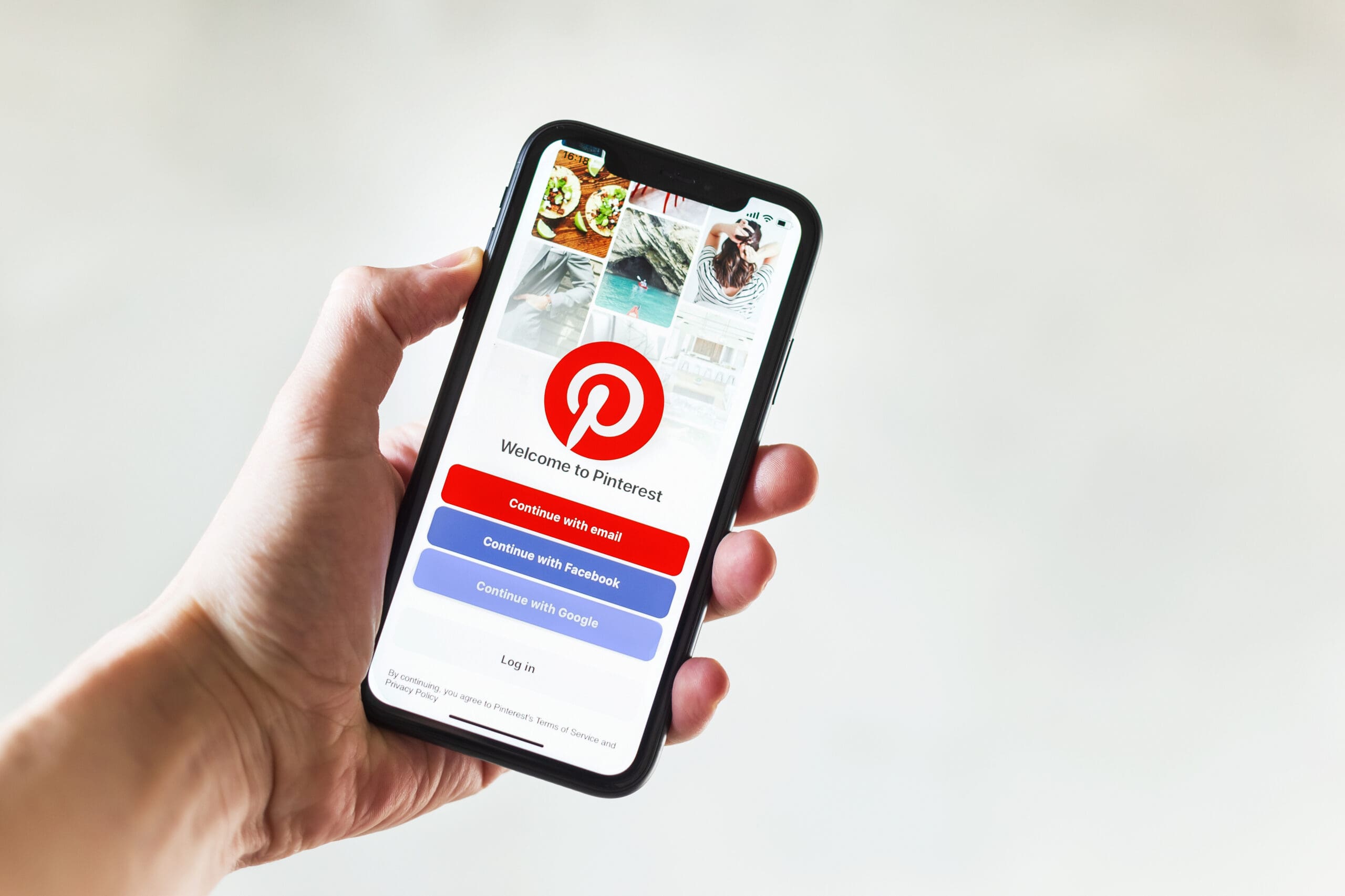Invoices are multipurpose in the sense they help businesses document and track transactions as well as serve as a customer facing document that helps to collect payment. The idea of an invoice is to prove what is owed, along with a description of the charges, how to pay, penalties for not paying, and so forth. An effective invoice should eliminate the need for questions unless there’s a dispute about a charge. While invoices are a serious document, they can be lightened up with some branding. Invoices represent your brand so keep them on theme and ensure you are easy to deal with. From how the invoice is displayed to how payments can be sent, invoices are part of the customer experience.
In this guide, we will explore the importance of invoicing for businesses and outline the steps you can take for creating effective invoices. When done effectively, invoices can help improve cash flow and maintain strong customer relationships.
Even with timely and effective inventory management though, cash flow can be challenging. Inventory financing can help product-based businesses maintain healthy cash flow at all times. Operating a successful business requires business owners to be mindful and always one step ahead. While invoices are flowing in and out, business owners need a way to stock plenty of inventory and keep operations afloat. While properly managing invoices can help you collect payment faster, it’s not the entire solution for cash flow challenges,
Here’s what you should know about how to create an invoice.
What is an invoice?
In simplest terms, an invoice is a document that lists the details of a transaction between a buyer and a seller. It is a legal document that serves as a record of the goods or services provided, their quantities, prices, and payment terms. In other words, an invoice is a bill that a seller sends to a buyer to request payment for the goods or services provided. Invoices can include information you see fit, but there are some pieces of information invoices should always include:
- Itemized charges
- Buyer and seller information (address, phone number, etc.)
- How to pay the invoice
- Penalty for late payments
- Contact for issues regarding the invoice
- Total amount due
- Taxes (if applicable)
- Dates (invoice date, sale date, delivery date, etc – document everything)
Invoicing is a critical aspect of business operations, helping businesses to manage their cash flow and maintain records of transactions for accounting and financial reporting purposes.
Why invoices are important in business
In business, invoices are a crucial part of the accounting process, as they provide a record of transactions and help ensure that payments are made on time. Beyond aiding in accounting, they are important for other reasons including:
- Legal requirements: Invoices serve as legally binding documents that outline the terms of a transaction between a buyer and seller. In some countries, businesses are required by law to issue invoices for all sales. Verbal agreements are not enough in the business world, always get documentation of any agreements.
- Payment collection: As a business owner, you struggle enough with cash flow. Therefore, you should do everything you can to ensure you are paid on time. Invoices are used to request payment from customers for goods or services provided. They provide a clear record of what was purchased and how much is owed, which helps to minimize disputes and ensures timely payment.
- Accounting and record keeping: Invoices are important for accounting purposes as they provide a detailed record of transactions that can be used for financial reporting, tax compliance, and tracking business expenses.
- Inventory management: Invoices help businesses keep track of the inventory they have sold, which is important for tracking sales trends, forecasting demand, and making purchasing decisions. Beyond invoicing through inventory management tools should be used for effective inventory management.
- Customer relationship management: Invoices can be used as a tool to communicate with customers and build long-term relationships. They can include personalized messages, promotions, and reminders of upcoming due dates, which can help to improve customer satisfaction and loyalty.
The benefits of an organized bookkeeping and invoicing system will speak for itself. In the event you ever encounter an issue, you’ll be eternally grateful for the investment to keep records properly. Invoicing is an important part of that system. Here are some of the benefits of effective invoice practices:
- Improved cash flow: Effective invoices can help to ensure that payments are made promptly, which can improve cash flow and reduce the need for borrowing or extending credit.
- Increased efficiency: By providing clear and concise information about transactions, effective invoices can reduce the time and effort required for billing and payment collection.
- Stronger customer relationships: Effective invoices can improve customer satisfaction by providing clear and accurate information about transactions, making it easier for customers to understand their purchase and payment history.
- Better financial planning: Accurate and timely invoicing can help businesses to manage their finances more effectively by providing insight into revenue and expenses.
- Enhanced brand image: Professional and well-designed invoices can reflect positively on a business and help to establish a professional image, increasing customer confidence and loyalty.
Invoices are sent to customers, therefore, they are a representation of your brand. Invest the time to ensure they are informative, clear, and branded. Clearly state payment expectations and inform customers of how they can pay. Plus, inform how they can contact you with any questions. Be easy to do business with.
How to create an invoice [step by step]
Here are 10 steps that will help you create an efficient invoice.
- Choose an invoice template: Start by selecting an invoice template that suits your business needs. You can find a variety of templates online or in your accounting software.
- Identify the basic information: Start by including the date of the invoice, invoice number, and customer information, including their name, address, and contact information.
- Brand your invoice: Include your business logo, colors, and any other branding elements to make your invoice look professional and consistent with your brand.
- Use a professional header: Create a header that includes your business name, address, and contact information, as well as the customer’s name and address.
- Itemize the products or services: Create a detailed list of the products or services provided, including quantities, descriptions, and prices.
- Add taxes and fees: If applicable, include any taxes or other fees, such as shipping or handling, in the total cost.
- Calculate the total cost: Add up the cost of the products or services, along with any applicable taxes or fees, to arrive at the total amount due.
- Payment terms: Clearly state the payment terms, including the due date and accepted payment methods, such as credit card, check, or bank transfer. It’s beneficial to also state any late payment policies or charges that may apply.
- Add terms and conditions: Include any terms and conditions that apply to the transaction, such as warranties or return policies.
- Review and send: Double-check the invoice for accuracy and completeness, then send it to the customer via email, mail, or other preferred method.
By following these steps, you can create a professional and effective invoice that will help you manage your business finances and maintain positive customer relationships.
Closing thoughts
Invoices can be crucial for businesses to manage cash flow and maintain accurate financial records. By creating detailed and professional invoices, businesses can reduce the likelihood of payment delays, maintain healthy customer relationships, and accurately track their transactions. Plus, keeping track of invoices and eliminating confusion can help maintain a healthy cash flow.
Growing businesses often struggle with cash flow – so they must do everything they can to proactively manage cash flow. Inventory financing for small businesses can help maintain cash flow while invoices flow in and out. At Kickfurther, we’re committed to helping small businesses (just like ours) access the funding they need for inventory in an accessible and affordable manner. Up to 30% lower cost than comparable options, Kickfurther can support the growth of your business by ensuring you always have enough inventory on hand and healthy profit margins.
How Kickfurther can help
Offering inventory on consignment, Kickfurther can help you fund your largest expense – inventory! This allows you to meet growing demand without exhausting your cash on hand or putting debt on your books. With no immediate repayments, you don’t pay us back until your products sell, giving you a repayment schedule you control.
Interested in getting funded at Kickfurther? Here are 3 easy steps to get started:
#1. Create a free business account
#2. Complete the online application
#3. Review a potential deal with one of our account reps & get funded in minutes









